Twitching Jigs: The Jig
- Jerry Daoust
- Dec 22, 2021
- 3 min read
In this part of our ongoing conversation about Twitching Jigs we discuss in detail the Jig itself, including jig colour, jig sizes, their application, jig head styles, materials for tying and hooks.
Jig Head Size:
It is very important to match the correct jig weight to the water conditions you are fishing. The goal is to get your jig into the strike zone as quickly as possible and present the jig approximately 1ft off the bottom and just above the fish's head.

If the jig is too heavy it may be underneath the fish increasing the risk of foul hooking or snagging bottom. You can modify your depth a bit by altering your retrieve speed and the angle of your cast. For twitching, sizes from 1/4 to 1 oz will cover all water conditions. 3/8 & 1/2 oz jigs are perfect for most water types and the most commonly found sizes in stores. As a general guide:
1/4 oz: Low shallow water 5 feet or less with minimal or no flow
3/8-1/2 oz: Moderate depth 5-10 feet
3/4-1 oz: Deep water pools or moderate-deep water with strong currents
The Hook
The hook is like the tires on your vehicle. Cheap ones will work but investing in quality will get you farther in the end. What I look for in a good hook is one that is sticky sharp.
For those pouring their own lead we suggest the following head and hook size combinations.

1/4oz = 1/0 hook
3/8oz = 2/0 - 3/0 hook
1/2 = 3/0 hook
3/4 - 1/0 oz = 3/0 - 4/0 hook
I suggest a strong quality hook that doesn't bend out. Jig Geek makes their fully tied jigs and jig heads with an exceptional quality hook that is razor sharp. In snaggy water with lots of wood you may want to consider having a few jigs with a thin wire hook but this is the exception not the rule.
Thin wire hooks can be straightened back out and re-bent to shape with your pliers. I suggest retiring your jig after its been straightened out 4-5 times as it may break off soon. You also get good penetration on fish as the thin wire doesn't face much resistanceI.
Colour:
In my experience all colours work and generally fall into two categories, brights and darks. The water conditions will be the deciding factor of which category to choose. Dark Colours such as blues, black, and purples are good choices in low clear water or low light/dusk conditions.
Bright Colours such as Pinks, Orange and Chartreuse tied using UV florescent materials and bright coloured jig heads are good choices in dirty water where you need your jig to stand out.

Tip: If tying a jig with 2 or more colours, placing the darker colour over the lighter colour can help create contrast. In dirty water, using a colour that contrasts well to the water colour can help your jig stand out. In very clear water or with spooky fish I find good success with subtle colours that also match the bottom and surrounding back ground like olive green and brown.
Tying Materials
What makes jig tying very fun is the endless options of materials to spark your creativity. Marabou or Rabbit fur are two common materials but there are many textiles and other furs out there. The key is creating a jig that has good action. Tie in some crystal flash and rubber legs can help increase the visibility and action of your jig. Have fun!
Where to Buy Jigs?
I highly recommend Jig Geek. They sell jig head blanks for those who tie their own and pre-tied jigs. I am super impressed with their quality and fair prices. They have a great selection of sizes and colours and an easy online ordering platform. Check them out! https://www.jiggeek.com/
Thanks everyone and good luck out there! Feel free to leave a comment or question and don't be shy to reach out in an email either.
Jerry Daoust, Owner and Head Guide
Reel North Adventures
Email: jerry@reelnorthadventures.com
250 640 5236




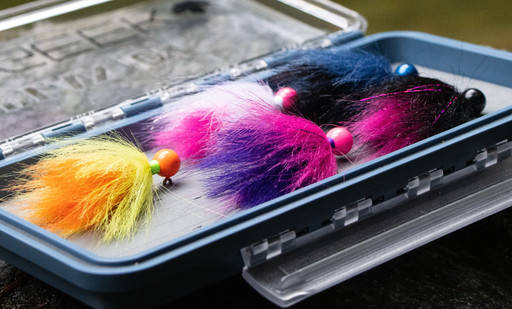


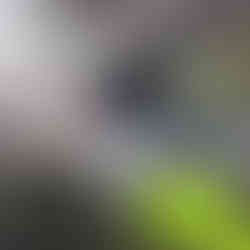



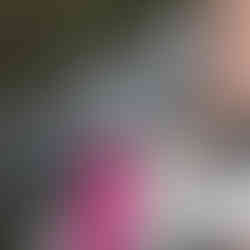





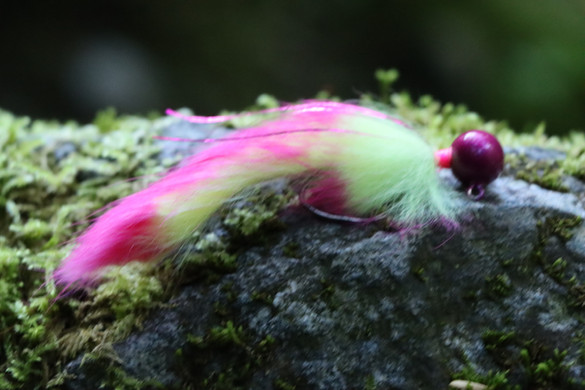


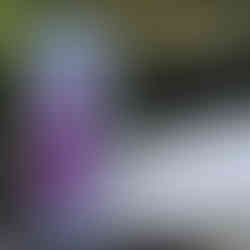

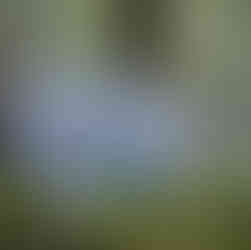


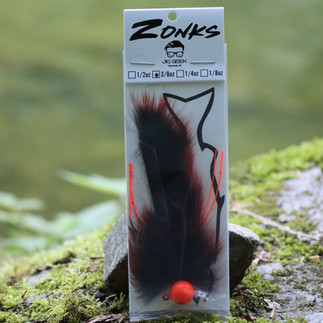
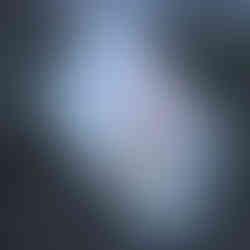







Comments